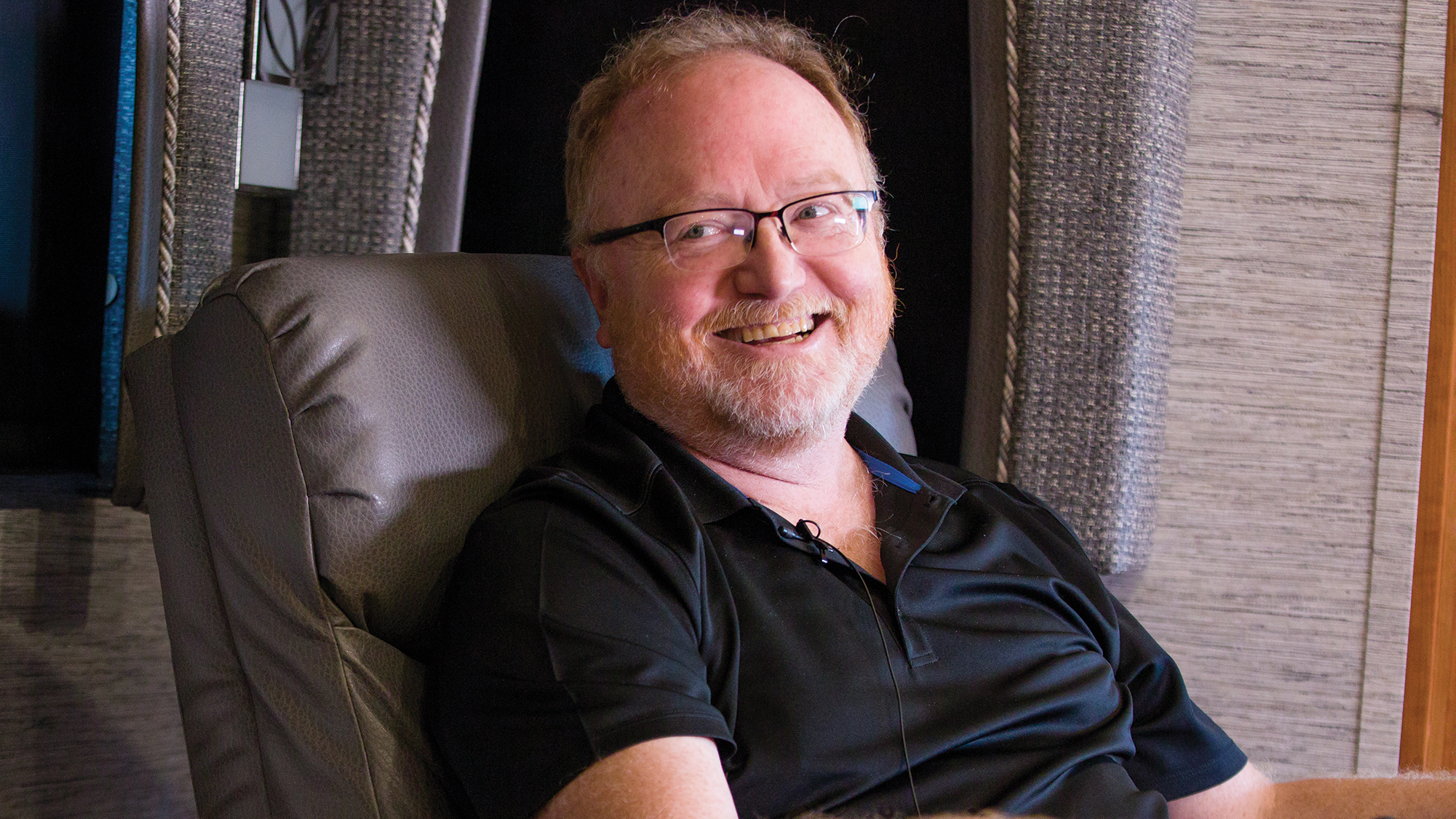Phil McKinney
CEO, CableLabs

Faced with a period of rapid tech innovation that is disrupting much of the traditional TV business, research into new technologies at the CableLabs, led by CEO Phil McKinney, will be worth watching over the next few years.
The impact of this research is apparent in the research consortium’s work on 10-gigabit networks, mobile convergence, artificial intelligence and new 3D holographic entertainment experiences.
When McKinney took the top job at CableLabs in 2012, he brought with him a long career in software and tech startups, providng the expertise that he’s used to help operators speed up the pace of innovation.
“Around 82% of the U.S. now has access to 1 gigabit [of internet speeds, up from] less than 3% three years ago,” McKinney said, with more to come. “Today’s networks are not going to be the networks of 10 or 20 years from now. We are going from 1 gig to 2 gigs, to 10 and 25 gigs. It is never-ending. There is nothing to indicate that you get to some speed and you’re done.”
To help with that, CableLabs launched a 10G initiative that has already produced some successful trials with blazing 10-gigabit network speeds. “10G will not only enable the continuing growth of our networks but also improve economic growth,” McKinney said.
Other top priorities include: research into mobile and mobile network convergence that will create new services and allow content and data to seamlessly flow between mobile and traditional cable networks; work on artificial intelligence to create more reliable, networks; cybersecurity; and new ways of creating and experiencing content like the upcoming holographic Light Field technologies, McKinney said.
Rapid change will also require more investment in training for tech teams. That imperative led to the recently announced merger with Society of Cable Telecommunications Engineers /International Society of Broadband Experts (SCTE•ISBE), which will become a subsidiary of CableLabs. “There are hundreds of thousands of employees who have to be trained to deploy these new technologies,” McKinney said. “Bringing the two organizations together will create reduced overhead costs so we can invest more in training programs.”
Multichannel Newsletter
The smarter way to stay on top of the multichannel video marketplace. Sign up below.
